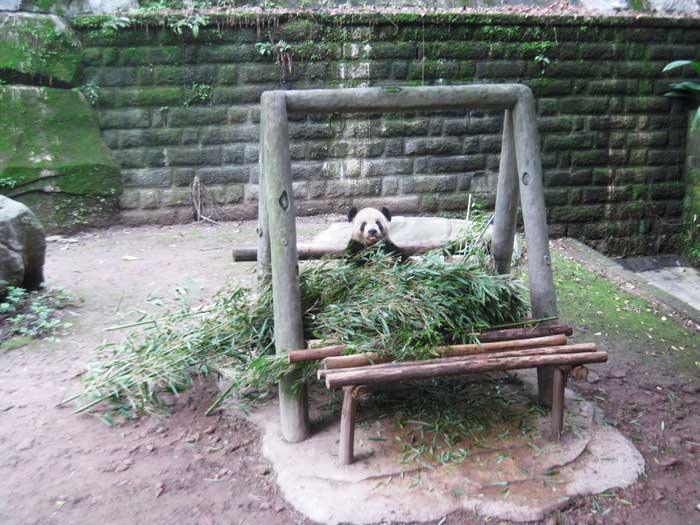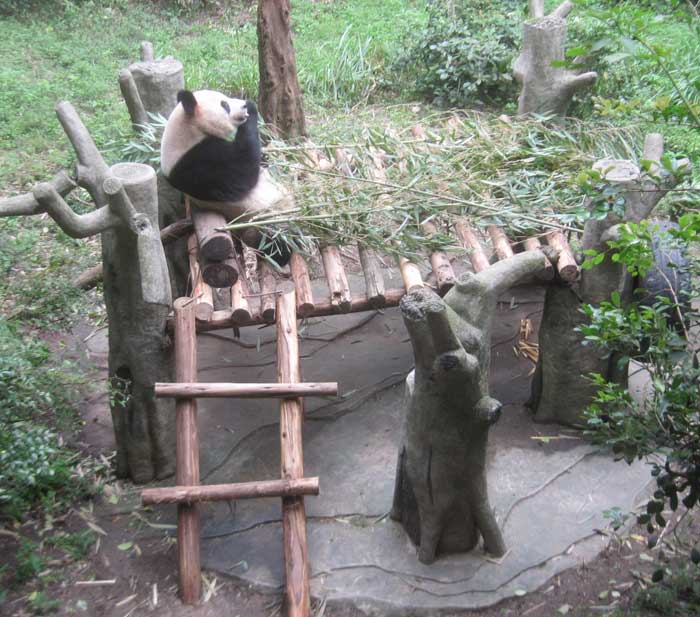Chongqing
Thursday October 20
We disembarked the boat at Chongqing, which was the capital of China during World War II, and visited two museums: the Stilwell Museum, named after U.S. General Stilwell, commander of American forces in China, Burma, and India during World War II, and the Flying Tigers Museum, named after the American Volunteer Air Group who were based here. We really enjoyed learning/relearning some World War II history.
Here are some excerpts.
General Stilwell In 1942, during the Second World War, General Joseph W. Stilwell acted under orders to come to Chongqing. He worked as Chief of Staff in the China Theater of Operations and as the Commander-in-Chief of the American Army in the China Burma India (CBI) Theater. The residence became the headquarters of the China Burma India Theater during that period. General Stilwell participated in a series of political and military affairs in the CBI Theatre of World War Ⅱ, and cemented a profound friendship with Chinese people fighting side-by-side in the Anti-Fascist War in China. [Fascist = Japanese] In July 1944, campaigns in Northern Burma succeeded, and a road between India and China was built under his direct supervision, which made ammunitions and weapons accessible to China and brought an end to the blockade by the fascist state. The road was later named Joseph W. Stilwell Road. President Roosevelt recalled General Stilwell to Washington in 1944. To date, the museum and road are the only ones in China that are named after a foreigner.
Flying Tigers The 1st American Volunteer Group (AVG) of the Chinese Air Force in 1941–1942, nicknamed the Flying Tigers, was composed of pilots from the United States Army Air Corps (USAAC), Navy (USN), and Marine Corps (USMC), recruited under presidential authority and commanded by Colonel Claire Chennault, a controversial American. The shark-faced nose art of the Flying Tigers remains among the most recognizable image of any individual combat aircraft or combat unit of World War II.
The group consisted of three fighter squadrons of around 30 aircraft each. It trained in Burma before the American entry into World War II with the mission of defending China against Japanese forces. The group of volunteers were officially members of the Chinese Air Force. The members of the group had contracts with salaries ranging from $250 a month for a mechanic to $750 for a squadron commander, roughly three times what they had been making in the U.S. forces. They achieved good success in their aerial battles against the Japanese.



Later we went to the zoo to see the panda bears. They just sat there munching on bamboo leaves.


We took a plane to Xi’an and unpacked at the Qu Jiang International Hotel.
To continue our trip, go to the Xi’an page.
